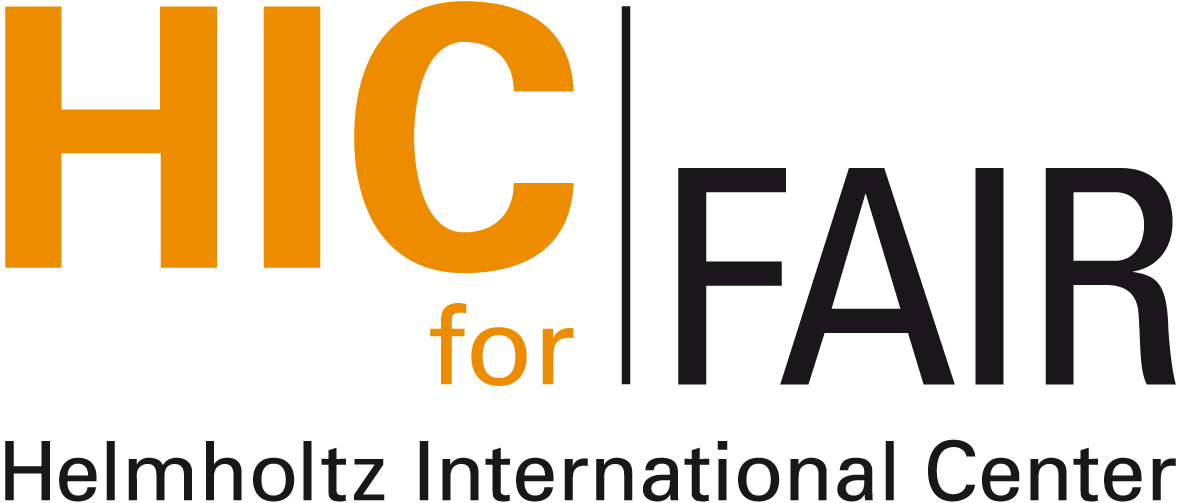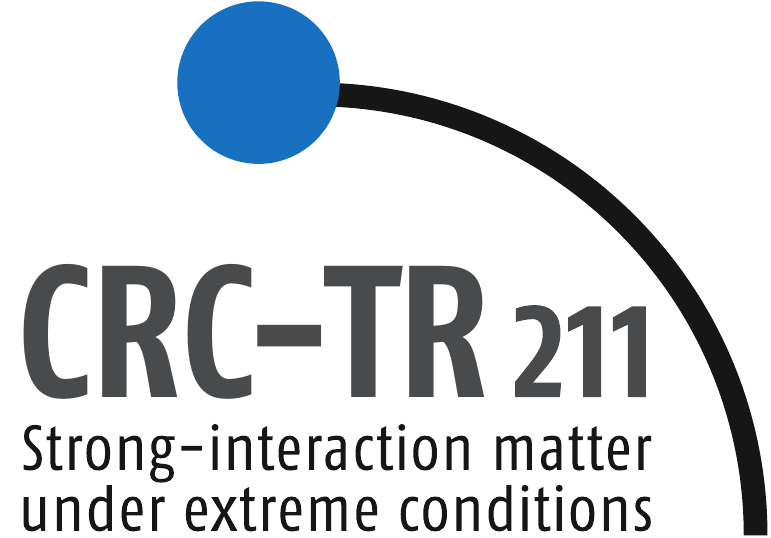\( \newcommand{\dd}{\mathrm{d}} \) \(
\DeclareMathOperator{\sign}{sign} \) \(
\newcommand{\pvec}[1]{\vec{#1}^{\,\prime}} \) \(
\newcommand{\R}{\mathbb{R}} \)
\( \newcommand{\dd}{\mathrm{d}} \) \(
\DeclareMathOperator{\sign}{sign} \)
Recent evidence from relativistic heavy
ion collisions (HIC) experiments confirmed the global significance
of the vorticity to polarisation transfer through the spin-orbit coupling
predicted by the Dirac equation. This transfer can be related to anomalous
transport phenomena, which are believed to originate from the breaking of
classical symmetries via the so-called quantum anomalies (e.g., the
axial anomaly). Aside from the well-known vector (gauge) and chiral
(axial) symmetries that have been extensively used to study anomalous
transport, this talk discusses the impact of the symmetry of the Dirac
Lagrangian with respect to helicity transformations. This symmetry gives
rise to the helicity charge current, which has the advantage of being
classically conserved for any fermion mass.
By considering a thermal bath under rigid rotation, the vector, axial and
helical chemical potentials are shown to form a triad, giving rise to the
axial-helical-vortical effects. The emergence of the helicity chemical
potential as a thermodynamic degree of freedom is shown to open the door
to the helical vortical waves, representing a new type of gapless
excitations that can propagate in fermionic matter under rotation.
Furthermore, the laws governing the helical vortical transport are shown
to remain robust for masses up to the thermal energy, under HIC
conditions. Finally,the helical and vector chemical potentials are shown
to play a symmetric role at the level of the QCD phase diagram in the
context of the linear sigma model with quarks, while a finite axial
chemical potential is excluded within this theory.
Join Zoom Meeting
https://uni-frankfurt.zoom.us/j/2848286010?pwd=VmtCY1RCc1hpVStKd0RibFBpc1IzZz09
Meeting ID: 284 828 6010
Password: 068695

 Nuclear Physics Seminar
Nuclear Physics Seminar

 Nuclear Physics Seminar
Nuclear Physics Seminar